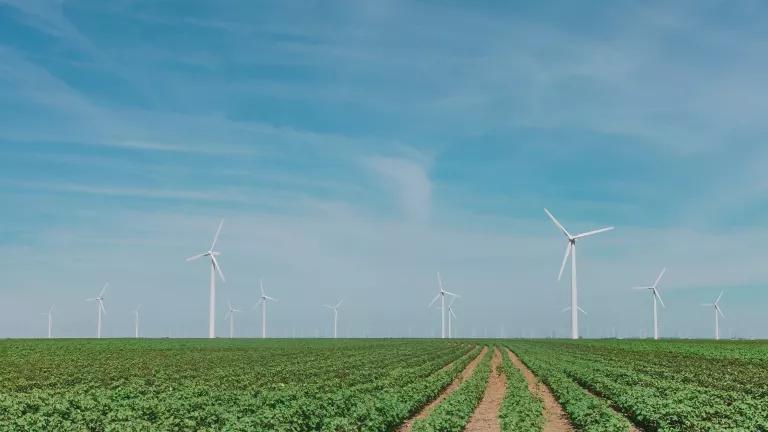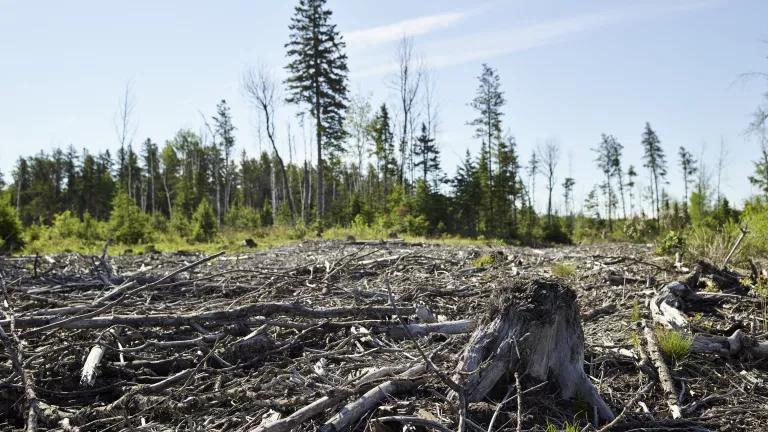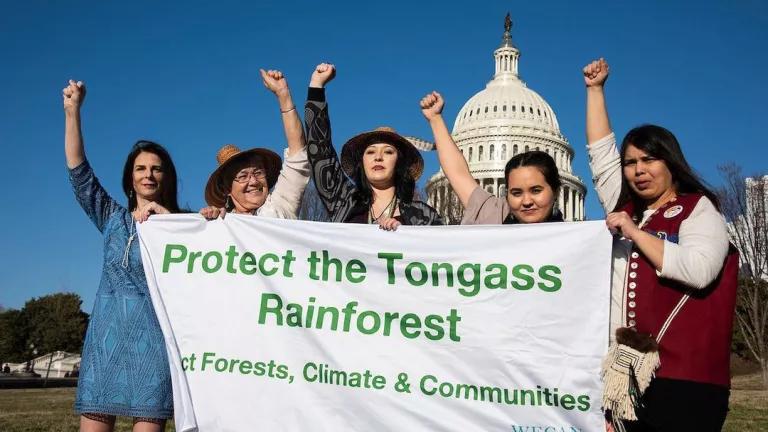The Climate Warning in California’s Catastrophic Fires

It’s time for President Trump to stop falsely blaming others for these deadly tragedies and start acting on climate to save lives.
Like Americans everywhere, I’ve been horrified and saddened this past week by the devastating California wildfires that have killed more than 60 people, burned a quarter of a million acres, and left tens of thousands of people homeless. This is a time for us, as Americans, to do all we can to help the victims of these catastrophic fires north of Sacramento and near Los Angeles.
It’s also time for some straight talk about the way climate change is impacting these disastrous fires.
As with any disaster tied to our interactions with the natural world, wildfires have many causes. Climate change, though, can make them more dangerous. In the western United States in particular, warming temperatures can mean longer summers, earlier springtime snowmelt in some areas, drier conditions, and extended drought.
Hot, dry air can make a tinderbox out of forests and brush. That means when fires start, they spread fast and travel far, making them harder and more hazardous to bring under control. “Fire, in some ways, is a very simple thing,” Columbia University bioclimatologist Park Williams told the New York Times. “As long as stuff is dry enough and there’s a spark, then that stuff will burn.”
That’s what we’re seeing in California this year, the most destructive year on record for wildfires across the state in terms of structures burned and lives lost. As of mid-November, California wildfires this year have burned 1.8 million acres, enough to cover half the state of Connecticut. That’s about 13 percent more than the previous record of 1.6 million acres, set in 2008.
The fires come amid hot, dry conditions. For the first 10 months of the year, most of California was between 2 and 4 degrees Fahrenheit warmer than the 20th-century average. July was the state’s hottest month on record, with temperatures averaging 5 °F above the 20th-century average.
Meanwhile, much of California has been in a state of more or less perpetual drought for six of the past seven years. Currently the entire state is abnormally dry, with about half of it experiencing drought.

While this year has set grim and tragic records for California wildfires, the problem has been growing for some time. Of the 10 worst fires in the state’s history, four have occurred since last fall, and all but one have occurred in this century.
Nor is California alone. Across the country this year, wildfires have torched 8.5 million acres—enough to cover the states of Vermont, Delaware, and most of Rhode Island. In terms of acres lost, we’re running 34 percent above the 10-year average.
Acreage burned, of course, is but one measure of wildfire activity. And again, there can be multiple reasons for any one fire. In many places across the western states, though, climate change is driving a dramatic increase, science tells us, in both the frequency and the severity of wildfires.
Between the early 1980s and 2012, the number of wildfires rose more than 500 percent, a 2016 study found, across the five distinct western forest regions—the northern Rockies, the Northwest, the Sierra Nevada, the Southwest, and the southern Rockies—while the annual acreage burned, on average, rose more than 1,200 percent. A separate 2016 study found that “human-caused climate change” nearly doubled the acreage burned by forest fires in the western United States between 1984 and 2015. And the climate is continuing to warm.
Barring rapid progress in fighting climate change, rising temperatures and reduced precipitation will leave much of the Douglas fir rainforests of Washington State, for instance, too dry to remain healthy, eventually making them more susceptible to fire.
Where we need leadership, though, we’re getting a kind of pugnacious ignorance from the White House. After working to roll back the progress we’re making fighting climate change, President Trump is falsely blaming others for the tragic California fires.
“There is no reason for these massive, deadly and costly forest fires in California except that forest management is so poor,” he tweeted out from Europe last Saturday in a fit of pique, as thousands of firefighters were risking their lives to save others from the spreading flames.
What Trump seems to be referring to is a practice of thinning forests in an effort to reduce the intensity of any potential fires. Because this often involves cutting green trees of substantial size, though, the result can actually leave more dead and dying—and very flammable—wood on the forest floor, adding to the fuel for fires.
The disastrous fire in Southern California, moreover, is not a forest fire, as firefighters and scientists have been quick to point out. It originated in what’s called a wildland-urban interface zone, where development abuts natural areas. The Woolsey Fire that has burned nearly 100,000 acres along the Pacific coast just north of Los Angeles spread across coastal sage scrub, not dense forest.
“Mr. President, with all due respect, you are wrong. The fires in So. Cal are urban interface fires and have NOTHING to do with forest management,” Scott Austin, president of the Pasadena Firefighters Association, responded in his own tweet. “Come to SoCal and learn the facts and help the victims.”
The Camp Fire, which has burned 140,000 acres in the foothills of the Sierra Nevada, unfolded across lands that experienced two recent fires, in 2005 and 2008. These fires had already burned off much of the kind of wood proper management might have removed.
Trump’s misguided critique echoed his August 6 tweet in which he falsely blamed California water policies for the Carr and Mendocino Complex fires, which together burned more than 640,000 acres. California’s water, Trump asserted, was being “foolishly diverted into the Pacific Ocean.”
No. Huge amounts of water from the Sierra Nevada that naturally would flow via the San Joaquin and Sacramento Rivers into the vast San Francisco Bay–Delta and subsequently into the Pacific Ocean are instead diverted south to supply farmers and urban centers.
In any event, water wasn’t the issue. Firefighters use chainsaws, axes, and bulldozers to remove brush and trees and create a “fire break” along a line ahead of an advancing fire to try to strip out the fuel the fire needs to spread. And they drop water airlifted from lakes and even the ocean.
“We have plenty of water to fight these wildfires, Daniel Berlant, assistant deputy director of California’s state fire agency, Cal Fire, told the New York Times. “But let’s be clear: It’s our changing climate that is leading to more severe and destructive fires.”


